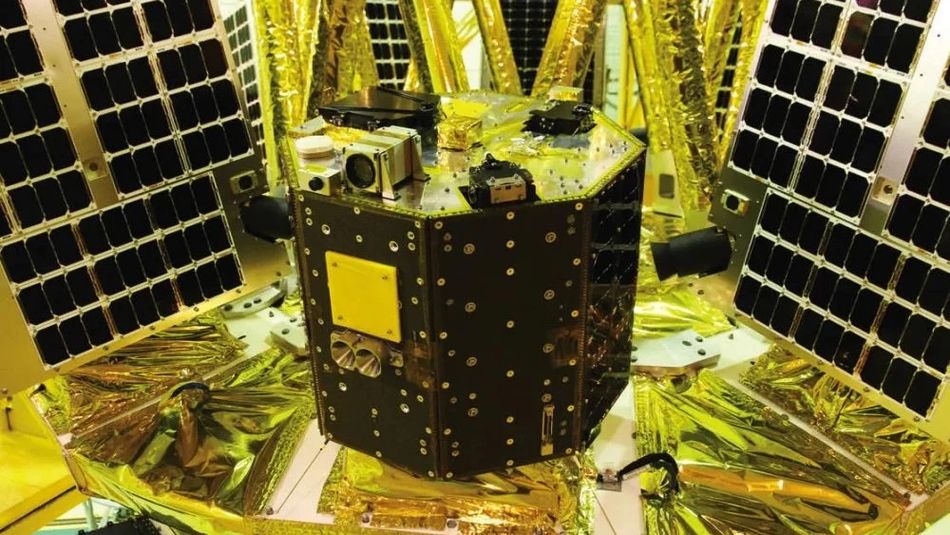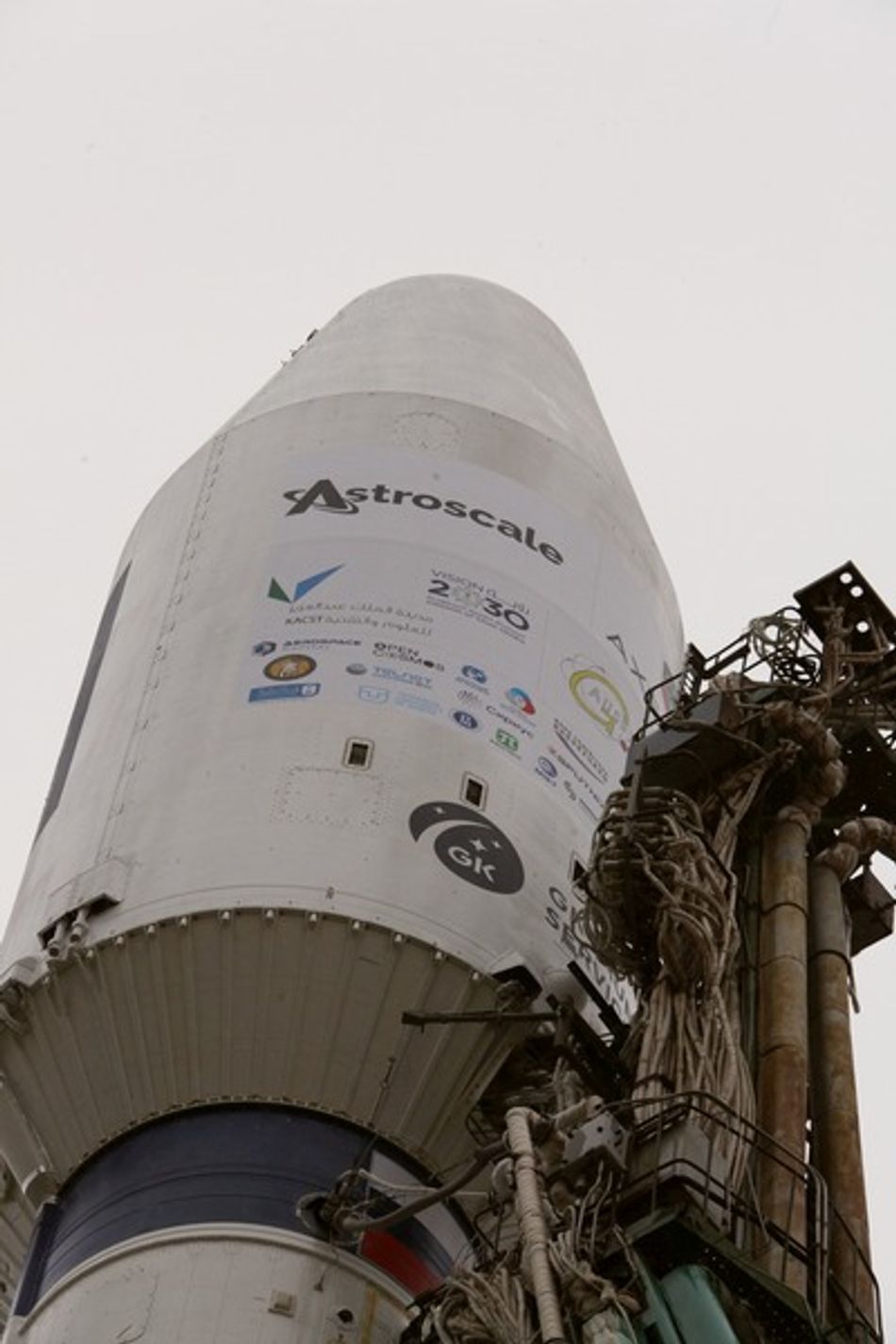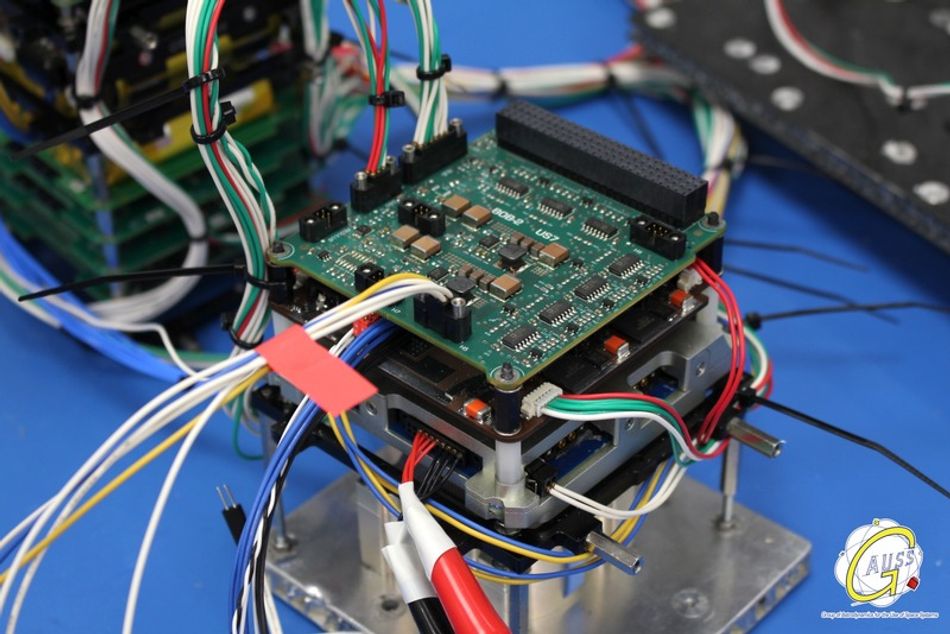Implementing Effective Interconnects into Space System Designs
Space deployment presents significant engineering challenges for electronic and electrical systems, requiring engineers to specify components with properties suited to harsh environments and acute size, weight, and power (SWAP) constraints.

Credit: gauss.space
Space deployment comes with a series of significant engineering challenges for the electronic and electrical systems that are going to be utilised. Engineers must therefore specify components for their designs that have all the necessary properties – particularly in relation to coping with the harsh environments they are going to be situated in, alongside the acute size, weight and power (SWAP) constraints involved. In this article, we will look at exactly what this will entail and give a detailed use case example to illustrate the points raised too.
Unique aspects of the application setting
Though this must still be adequately addressed, it is not actually space itself that poses the biggest threat to component reliability. Instead, it is the process of getting it there that is likely to be the problematic part. During launch, a rocket’s payload can easily be subjected to 4-5g accelerations. On top of that, there are certain to be intense vibrational forces experienced. There is the potential for hardware to be exposed to very high levels of heat too. Should any damage occur at this stage, then the space deployed equipment might not be able to carry out its assigned functions as intended and the mission will end up being a failure.
Once the hardware is finally in orbit, there will be other considerations. Among the most prominent is the temperature cycling that components will have to deal with – going from severe cold when traversing the dark side of the Earth, followed by periods in the Sun’s harsh thermal radiation. Another consideration is whether the chosen components will be detrimentally affected by the vacuum of space. Outgassing means that chemical substances could be emitted from these components, due to seepage from cracks or internal gaps. This might result in delicate instrumentation in close proximity to them being impaired in some way by the presence of unwanted contaminants. Once again, the mission could be jeopardised, meaning that all the expense and engineering effort that had gone into it would count for nothing.
Sourcing interconnects for space
The various factors just described make it very clear that the connectors and cabling being selected for space deployment must have superior operational characteristics. Consequently, it is vital that they are able to withstand prolonged mechanical stresses (in terms of both shock and vibration), as well as extreme temperatures. The remote nature of the application of course means that once deployed there is no opportunity to replace faulty interconnects. This is why chances cannot be taken on choosing anything other than a solution with the highest degrees of reliability and resilience to the most challenging of ambient environments.
Having collaborated on a multitude of different projects in this sector over several decades, Harwin offers an extensive portfolio of space-qualified connectors and cables. Each of these has a heavy duty construction, so that prolonged reliability is assured. They can be provided with built-in shielding (both backshells and braids) to protect them from cosmic radiation.
Use case example
A recent venture, on which Harwin worked with the Group of Astrodynamics for the Use of Space Systems (GAUSS), underlines the need for sourcing appropriate connectors and cabling. GAUSS is an established provider of microsatellite deployment solutions, as well as designing and manufacturing its own satellite hardware. The Italian company’s UNISAT platform enables the in-orbit-release of third-party pico/nano-satellites, with numerous CubeSats and PocketQubes being carried into space on each mission and then getting deployed directly from a purpose-built spacecraft. This approach has made it much more convenient and cost-effective for academic research groups to undertake space-based experiments and monitoring work, as they can reduce the upfront expense normally associated with ‘rideshare’ activities.

When the GAUSS team embarked upon the development of their latest UNISAT spacecraft, there were some key objectives that they wanted to achieve. The most important of these was to be able to expand the payload capacity. This would mean that a greater quantity of CubeSats and PocketQubes could be deployed. The engineering team at GAUSS looked at ways that they could make UNISAT-7 construction more lightweight than the previous models, so more of the assigned launch mass could be taken up by the payload.
For it to be accommodated in the rocket, the UNISAT-7 spacecraft’s overall volume had to be kept as low as possible. Its total launch mass had to be kept down to no more than 32kg. All of the constituent electronics would be contained within an aerospace-grade aluminium honeycomb framework of 50mm x 50mm x 50mm dimensions. This would have carbon fibre sheets attached to it. The spacecraft’s power would be generated by banks of photovoltaic panels mounted onto its exterior.

Given that the UNISAT-7 needed to remain operational for up to 5 years, the ongoing integrity of the interconnect technology had to be beyond doubt. After sampling and testing connectors from a variety of different manufacturers, GAUSS engineers decided that going with units featured in the Harwin Datamate series would be the best tactic. Datamate and Datamate Mix-Tek connectors have shown themselves to be very effective when used in spaceborne equipment. These high-reliability (Hi-Rel) components are robust enough to cope with the difficult conditions posed by space launches. They can withstand 20G vibrations and 100G shocks, plus up to 125°C temperature levels. Their compact form factor means that they take up only minimal board space, leaving plenty of room for other devices.
The 4-finger Beryllium Copper contacts incorporated into Harwin Datamate connectors allow them to always maintain a connection with their corresponding mating surfaces. The contacts in a standard Datamate mating pair carry up to 3A of current, while Datamate Mix-Tek contacts are 40A rated. The advanced locking features employed mean that industry-leading interconnect retention is attained.
The low outgassing that these connectors exhibit is another important benefit. For instance, the moulded plastic used in them has a 1.01% total mass loss (TML) and a collected volatile condensable material (CVCM) figure of less than 0.01% when placed in the vacuum of space.
Complementing their low profile, the availability of right-angle configuration Datamate versions addresses limited gaps between PCBs in space hardware designs. It means that connectors can be positioned at the edge of these PCBs, thereby avoiding the need for cabling to reach further into these boards. The upshot is that cables and connectors are much easier to access when the hardware is being assembled. Furthermore, cables do not need to be bent to such great angles – with less chance of them breaking in the process.
Having been successfully trialled out by GAUSS, the selected Harwin connectors would play an integral role in the communication and data processing elements of the UNISAT-7, allowing all the related data to be transported. They would also prove essential to the spacecraft’s power systems.

Conclusion
Space hardware must be able to rely on the quality of interconnect technology that has been specified for it. Any cutting of corners here could lead to projects that may have taken years to prepare for and large amounts of money to fund falling short of the goals that they were originally set and not meeting expectations. That is why engaging with an expert in this area is definitely advised. This will mean the connectors and cabling can be recommended that are fully optimised for such purposes.
